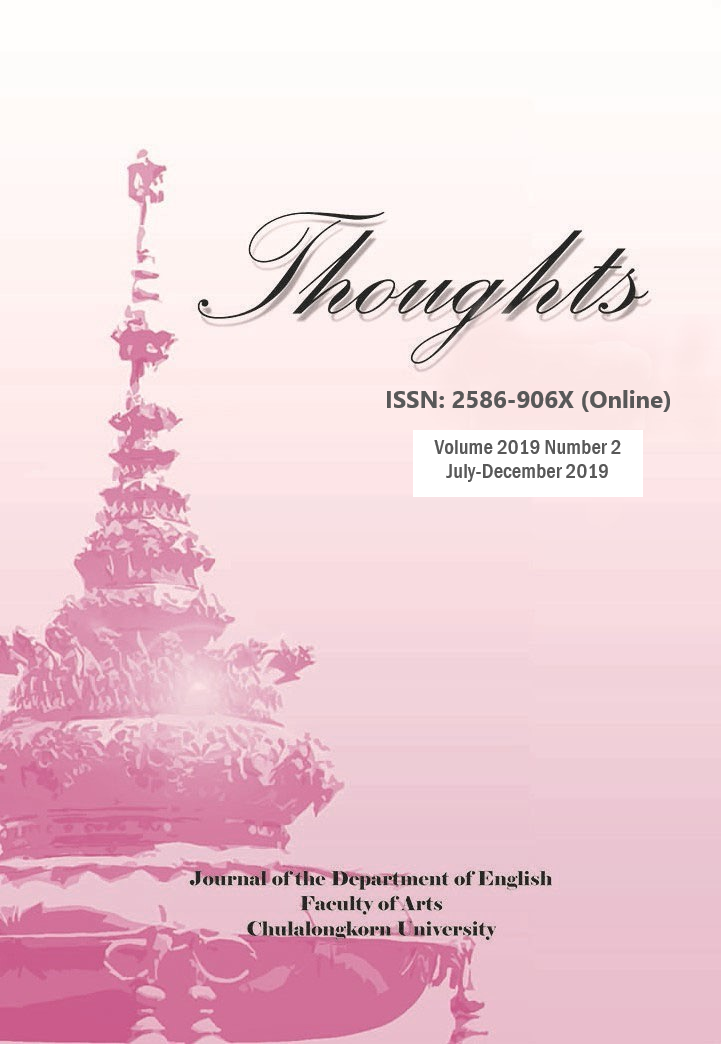“You-all in this together”: Bond, Body, Vulnerability in Sherley Anne Williams’ Dessa Rose
Keywords:
Sherley Anne Williams, Dessa Rose, the neo-slave narrative, Judith Butler, vulnerability, violenceAbstract
This paper argues that Sherley Anne Williams’ Dessa Rose revises the classic slave narrative, in which an ex-slave gives an account of his/her journey from bondage to freedom in a single narrative arc. Instead of relying on one trajectory of character development, the novel contains two intertwined stories of a black woman’s and a white woman’s personal growth as well as the forming of an unlikely friendship between them. As a neo-slave narrative, the novel also encourages a broadening of the term “slave” to include a white woman to the effect that her liberation from social confines and her freedom and mobility correspond to that of a slave in the traditional narrative. The analysis of the two women’s friendship is based on Judith Butler’s concept of a common human vulnerability to loss and violence in her 2003 article entitled “Violence, Mourning, Politics.” A recognition of shared corporeal vulnerability allows us to extend our conception of the human to those who have been denied humanity and to reimagine community in spite of differences.
References
Bucholtz, M. (2016). On being called out one’s name: Indexical bleaching as a technique of deracialization. In H. S. Alim, J. R. Rickford, & A. F. Ball (Eds.), Raciolinguistics: How language shapes our ideas about race (pp. 273-290). New York: Oxford UP.
Butler, J. (2003). Violence, mourning, politics. Studies in Gender and Sexuality, 4(1), 9-37. doi:10.1080/15240650409349213
Griffin, F. (2001). Sherley Anne Williams. In V. Smith (Ed.), African American writers (2nd ed., Vol. 2, pp. 829-837). New York: Charles Scribner’s Sons.
Jordan, S. M. (Ed.). (1993). Broken silences: Interviews with black and white women writers. New Brunswick, NJ: Rutgers UP.
McKible, A. (1994). “These are the facts of the darky’s history”: Thinking history and reading names in four African American texts. African American Review, 28(2), 223-235. doi:10.2307/3041995
Michlitsch, G. (2004). Dessa and the crazy white woman: Cross-racial breastfeeding in Sherley Anne Williams’s Dessa Rose. Australian Feminist Studies, 19(45), 329-339. doi:10.1080/0816464042000278007
Nunes, A. (2011). African American Women Writers’ Historical Fiction. New York: Palgrave MacMillan.
Rushdy, A. (1993). The subject of relation in Sherley Anne Williams’s Dessa Rose. African American Review, 27(3), 365-389. Retrieved from https://jstor.org/stable/3041929
Rushdy, A. (1999). Neo-slave narratives: Studies in the social logic of a literary form. New York: Oxford UP.
Williams, S. A. (1986). Dessa Rose. New York: William Morrow.
Williams, S. A., & Smith-Wright, G. (1993). The lion’s history: The ghetto writes b[l]ack. Soundings: An Interdisciplinary Journal, 76(2/3), 245-266. Retrieved from https://jstor.org/stable/41179213
Downloads
Published
Issue
Section
License
Copyright by the Faculty of Arts, Chulalongkorn University.
Photocopying is allowed for internal, non-commercial use only. Photocopying for other uses or for purposes other than indicated must be permitted in writing from the Faculty of Arts, Chulalongkorn University.
All views or conclusion are those of the authors of the articles and not necessarily those of the publisher or the editorial staff.


